Meet Simran Sawhney | Cinematographer
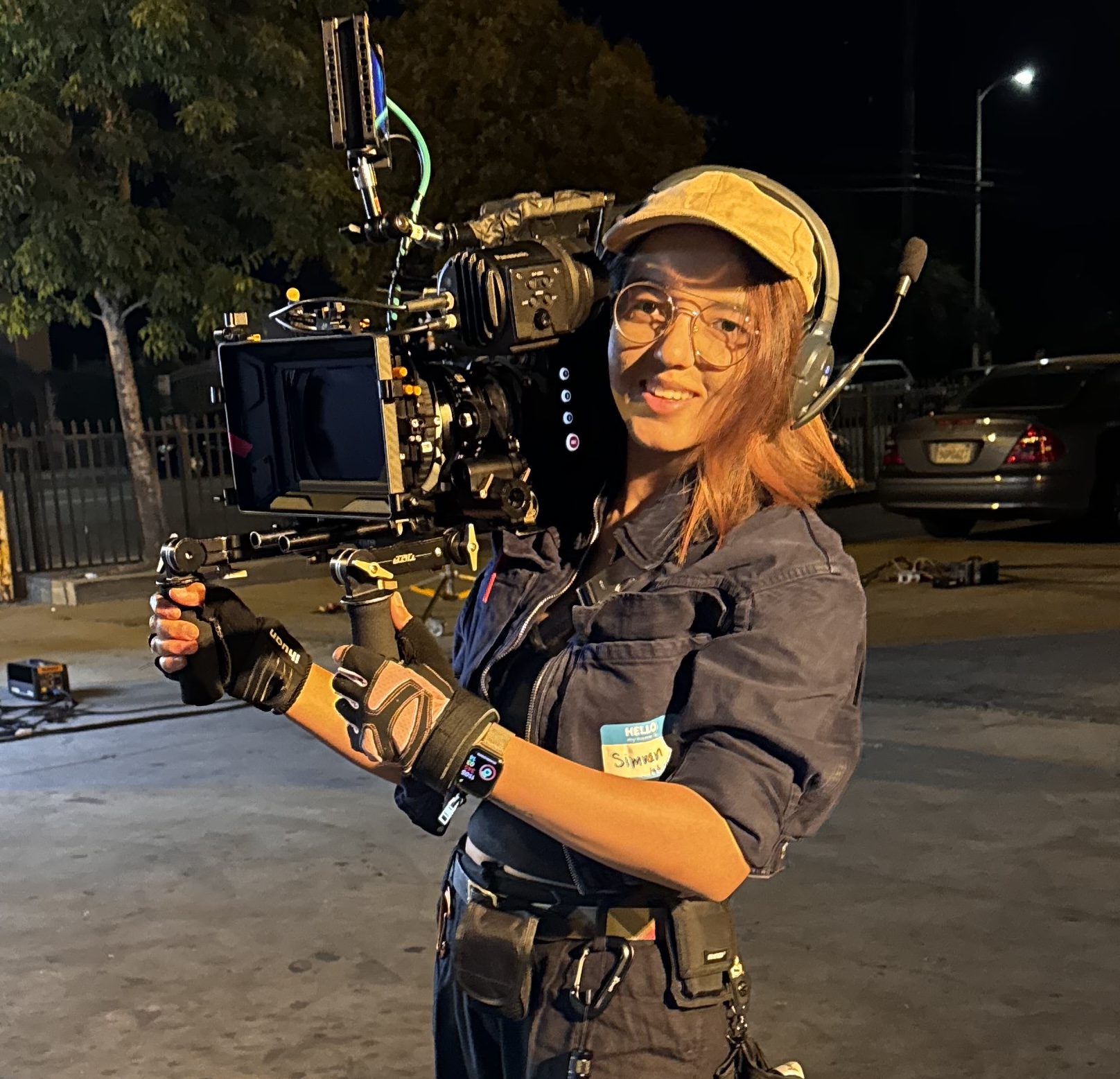
We had the good fortune of connecting with Simran Sawhney and we’ve shared our conversation below.
Hi Simran, where are your from? We’d love to hear about how your background has played a role in who you are today?
I grew up in India—a place where contradiction is its own kind of rhythm. One moment you’re surrounded by sound, movement, life bursting at the seams—and the next, you’re watching someone sit in silence so profound it says more than words ever could. That tension between noise and stillness—that’s where my eye was trained.
In my family, medicine wasn’t just a career—it was a legacy. A badge of honor passed down with quiet reverence. Becoming a doctor felt like the most natural thing to do, like stepping into a story that had already been written for me. And for a while, I followed that path. I was good at it—disciplined, quiet, focused. But deep down, I was longing for a space that belonged to me.
Then I found a camera. I was twelve. It wasn’t planned—just something I stumbled across in the back of a drawer. I picked it up without thinking, but the first time I looked through the viewfinder, something shifted. The noise around me faded.
Suddenly, it felt like I had discovered a doorway into another world—one that belonged entirely to me. A world where I could pause time, rearrange it, make sense of it. Where I could feel something deeply, and then release it into the frame without ever having to explain why it mattered. There was no pressure to be right. No one telling me what should be captured, or how. It was just light, instinct, and emotion. That tiny rectangle of space became everything—a place where I could see more clearly, feel more fully, and finally express what I didn’t yet have the words for. In a life that had been shaped by direction and expectation, this felt like magic. No one watching. No one correcting. Just me—finally, fully—seeing.
Later, when I began working on my own projects, I faced a different kind of resistance. Some cinematographers refused to collaborate with me—not because of my ideas, but because I was a woman leading the vision. So I picked up the camera again. Not out of frustration, but clarity. I realized cinematography wasn’t just a tool—it was my language.
I’m a cinematographer—first and always. What draws me to the camera isn’t just the chance to make something look beautiful, but the chance to make it feel true. Whether I’m working on a psychological thriller, a grounded drama, a commercial, or something completely surreal, I approach every frame as a way to explore what’s unsaid. I grew up in a culture where emotions were felt deeply but expressed carefully. That taught me to look longer, to listen harder, and to translate feeling into image—no matter the story or genre.
Because the most honest stories don’t ask to be seen, they live in a gesture, a pause, a shift in breath. They come and go quietly—so quietly, most people miss them. But I’ve learned to stay in the moment. To feel it before it fades.
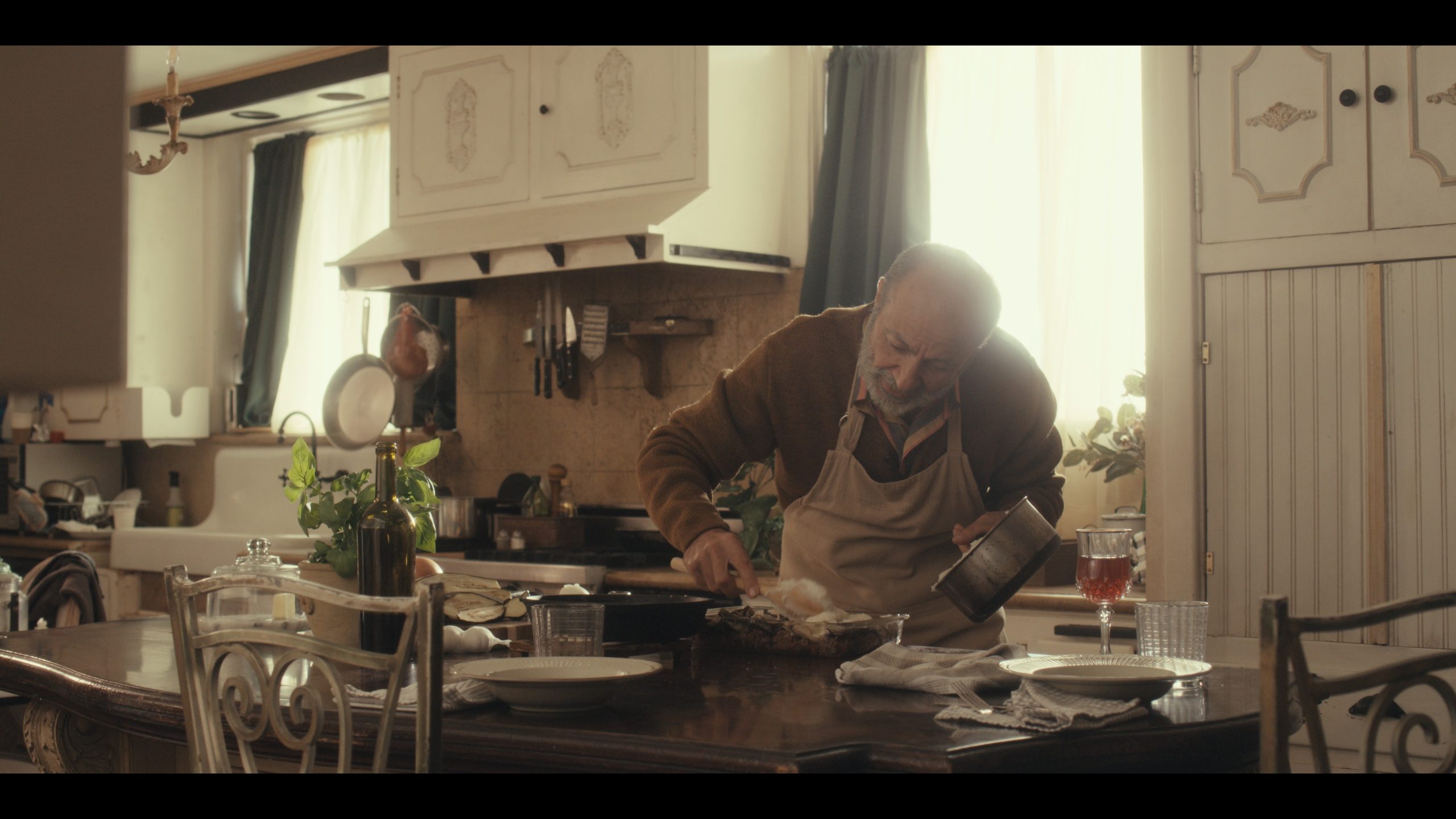
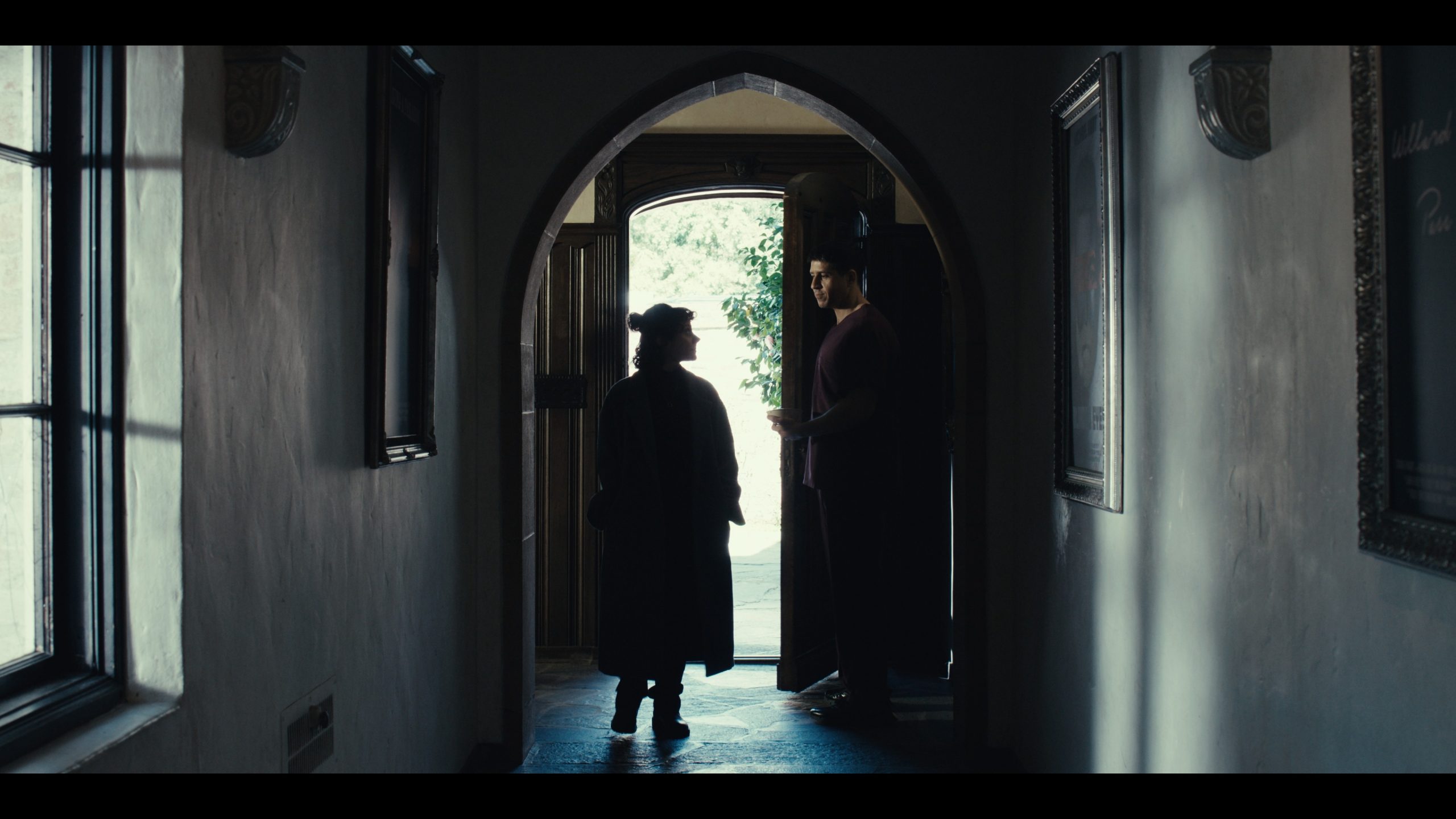
Alright, so let’s move onto what keeps you busy professionally?
Cinematography, for me, is more than just capturing visually stunning images—it’s about capturing raw, emotional truth. The camera is a tool for expression, not perfection. If a character is unraveling, if they’re broken, the cinematography should reflect that—the messiness, the imperfection. It’s not about pristine, sharp images; it’s about emotional resonance. My approach to cinematography is always grounded in staying true to the narrative’s emotional journey and using the camera to communicate the characters’ state of mind.
My journey began with photography, where I first developed my understanding of light, composition, and timing. But it wasn’t until I directed and worked as a cinematographer on Myths in Faith, a 25-minute independent short film about caste-based violence and religious tensions in India, that I fully embraced filmmaking. With limited resources and a small crew, the film became my first opportunity to experiment with visual storytelling in a way that felt deeply personal and powerful. That project taught me that cinematography is about authenticity, not just technique.
After Myths in Faith, I directed and worked as a cinematographer on Knock, a short film produced during the pandemic. With the strict lockdowns and minimal equipment, I had to find creative ways to tell a compelling story in a single room. This experience taught me that, no matter the budget or the restrictions, the emotional essence of the story should always come first. It became clear to me that limitations breed creativity and that powerful storytelling can still emerge from constraints and creative resourcefulness.
After my work at BUTV10, where I earned an honorable mention as the Director of Photography for Shadows from the National Academy of Television Arts & Sciences (NATAS), I received a significant vote of confidence in my abilities. It was a turning point that made me realize it was time to take the next step in my career. So, I moved to Los Angeles, the heart of the film industry, to push my craft further and challenge myself on a larger stage.
I also had the opportunity to work at Walden Media in development, where I learned the behind-the-scenes processes involved in developing stories. It was an eye-opening experience that allowed me to understand the importance of collaboration and narrative structure. This insight only deepened my appreciation for the storytelling process, both as a cinematographer and as a collaborator.
At the same time, I was accepted into the MFA in Cinematography Program at the American Film Institute (AFI), which marked a pivotal point in my career. The mentorship I’ve received at AFI has been invaluable, pushing me to refine my craft and challenge myself in ways I never imagined. Working alongside talented filmmakers has allowed me to push beyond my limits and explore new creative possibilities.
Recently, I wrapped Behind the Mask, a short film supported by an Amazon grant. As the cinematographer, I worked with a range of professional tools, including the Sony Venice camera and Cooke S4 and SF Anamorphic 1.8x lens kits. However, what mattered most wasn’t the equipment—it was how I used it to serve the film’s narrative. Every decision behind the camera, from the angles to the lighting, was meant to communicate the characters’ inner struggles and psychological depth. It’s about using the tools at your disposal in the most effective way to tell the story, not about using the most expensive equipment for the sake of it.
My work has earned nine selections and twelve wins at international film festivals, including a finalist spot at the Oscar-qualifying Bangalore International Short Film Festival (BISFF) and Flickers’ Rhode Island. While these recognitions are rewarding, the real excitement lies in the opportunity to keep pushing the boundaries of my craft and exploring new ways to tell compelling, emotional stories through cinematography.
The road to where I am today hasn’t been easy. As a woman in a male-dominated industry, I’ve often had to prove myself and fight for my place. There were moments of self-doubt, but I’ve learned that perseverance and belief in my vision are the keys to breaking through those barriers. Each challenge has made me stronger, more determined, and more committed to the process of storytelling.
As I transition from AFI, I’m eager to collaborate with filmmakers who understand that cinematography is about more than just making a film look good—it’s about making the audience feel something. I look forward to continuing to challenge myself and tell stories that connect on a deeper level.
What I want people to know about me is simple: cinematography is my lifelong pursuit. Every project is a new opportunity to grow, experiment, and improve. The real satisfaction comes when I look back on my work and know that I’ve grown with each project and that my work has had an impact. Ultimately, when I reflect on my career, it’s not about accolades or awards—it’s about making my 13-year-old self proud. I do this for her, to fill her with joy, to show her that every sacrifice and doubt was worth it. That’s who I am answerable to for life—she’s the one who inspires me every day to keep going, to capture moments, tell stories, and create something meaningful. That’s why I do this.

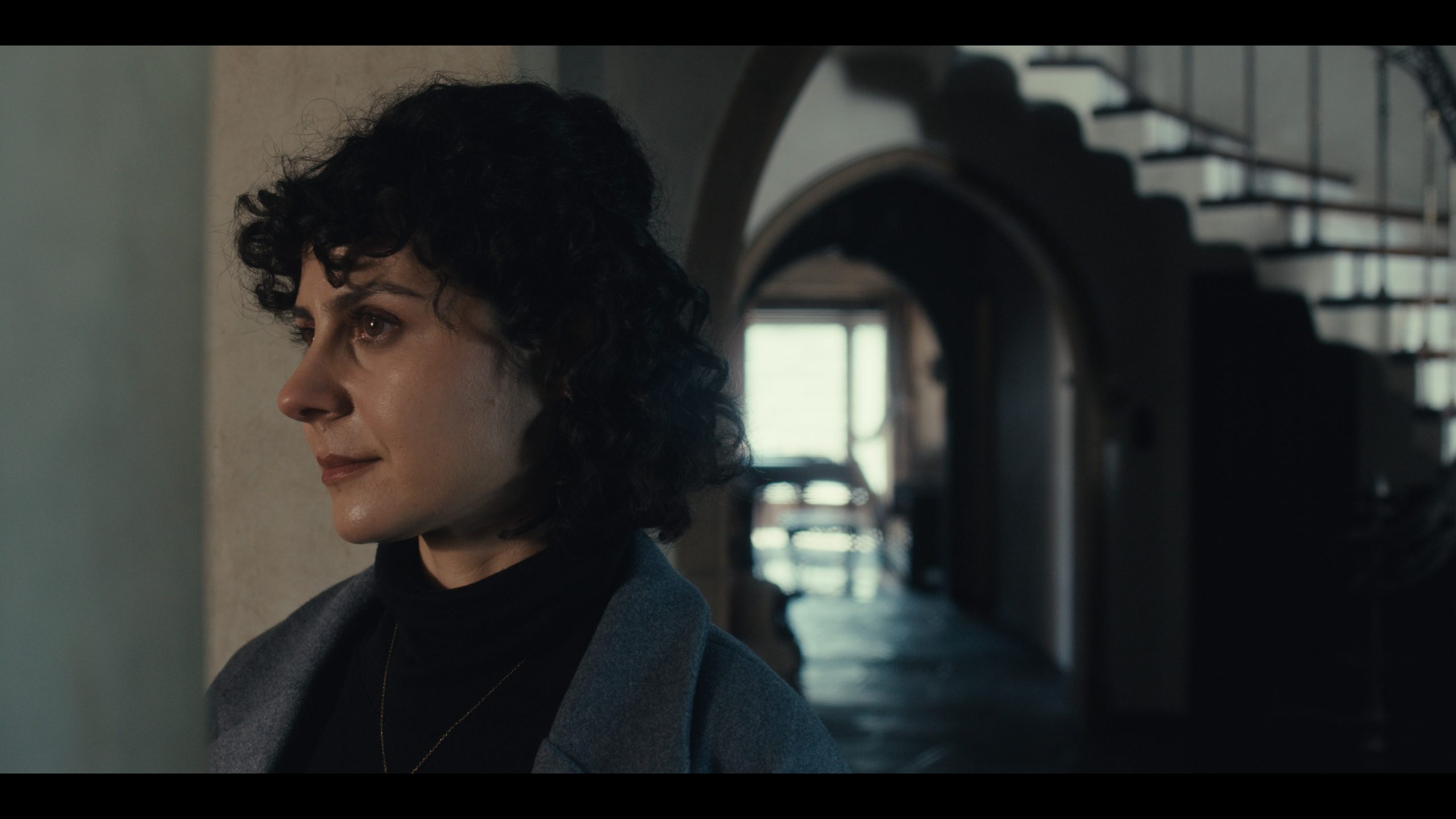
Let’s say your best friend was visiting the area and you wanted to show them the best time ever. Where would you take them? Give us a little itinerary – say it was a week long trip, where would you eat, drink, visit, hang out, etc.
If my best friend was visiting, I’d take her on an unforgettable LA adventure, blending nature, food, and meaningful experiences. We’d hike early at Griffith Park or Topanga Canyon, followed by breakfast at BBCM, Great White, or Republique, where we’d enjoy the best avocado toast and a classic latte California offers. Afterward, we’d drive to Malibu from the hills and along the Pacific Coast Highway, stopping at El Matador Beach and the Venice Canals for some breathtaking views. I’d observe and absorb.
I’d also take her on scenic drives through Palos Verdes, Angels Crest, and Tuna Canyon Road, each offering stunning city views and natural surroundings. We’d wind down with dinner at Pijja Palace, Quarter Sheets, or Elephante, then take a midnight drive up Mulholland Drive, pulling over at an overlook to talk about life, dreams, and what inspires us.
For a day trip, we’d head to Santa Barbara or Solvang, soaking in the charm of those places while enjoying the food and culture. The trip’s highlight would be stargazing at Joshua Tree—a place where I find deep perspective, reminding me that there’s a bigger significance to life. In the vastness of the stars, I gain clarity about the larger picture, letting go of small worries and finding meaning in the grand scheme of things.
Through it all, the focus would be on food and nature, which I believe are powerful symbols of culture. It’s about discovering the stories behind everything, connecting with the spirit of the places we visit, and reflecting on life’s bigger meaning.
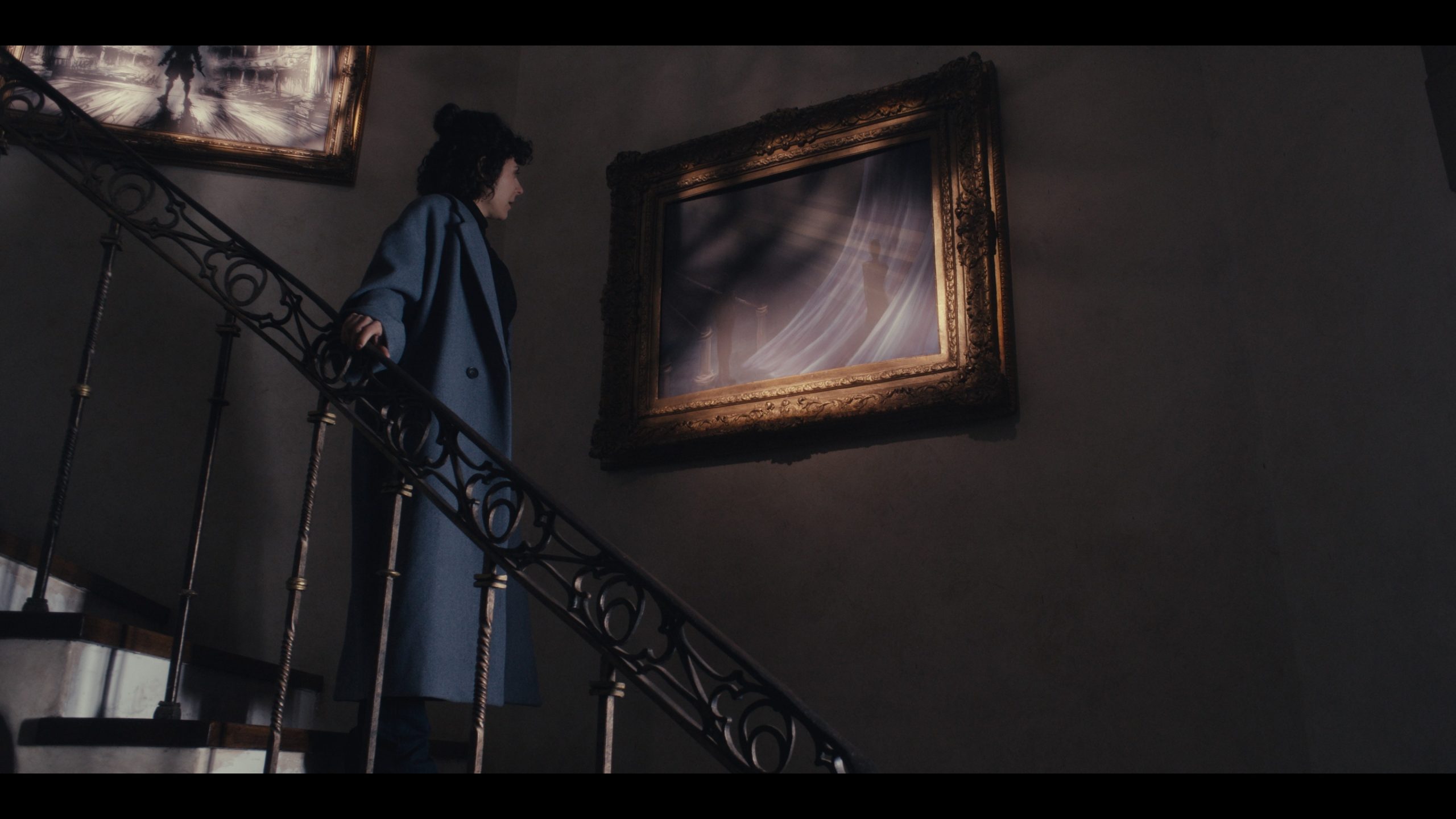
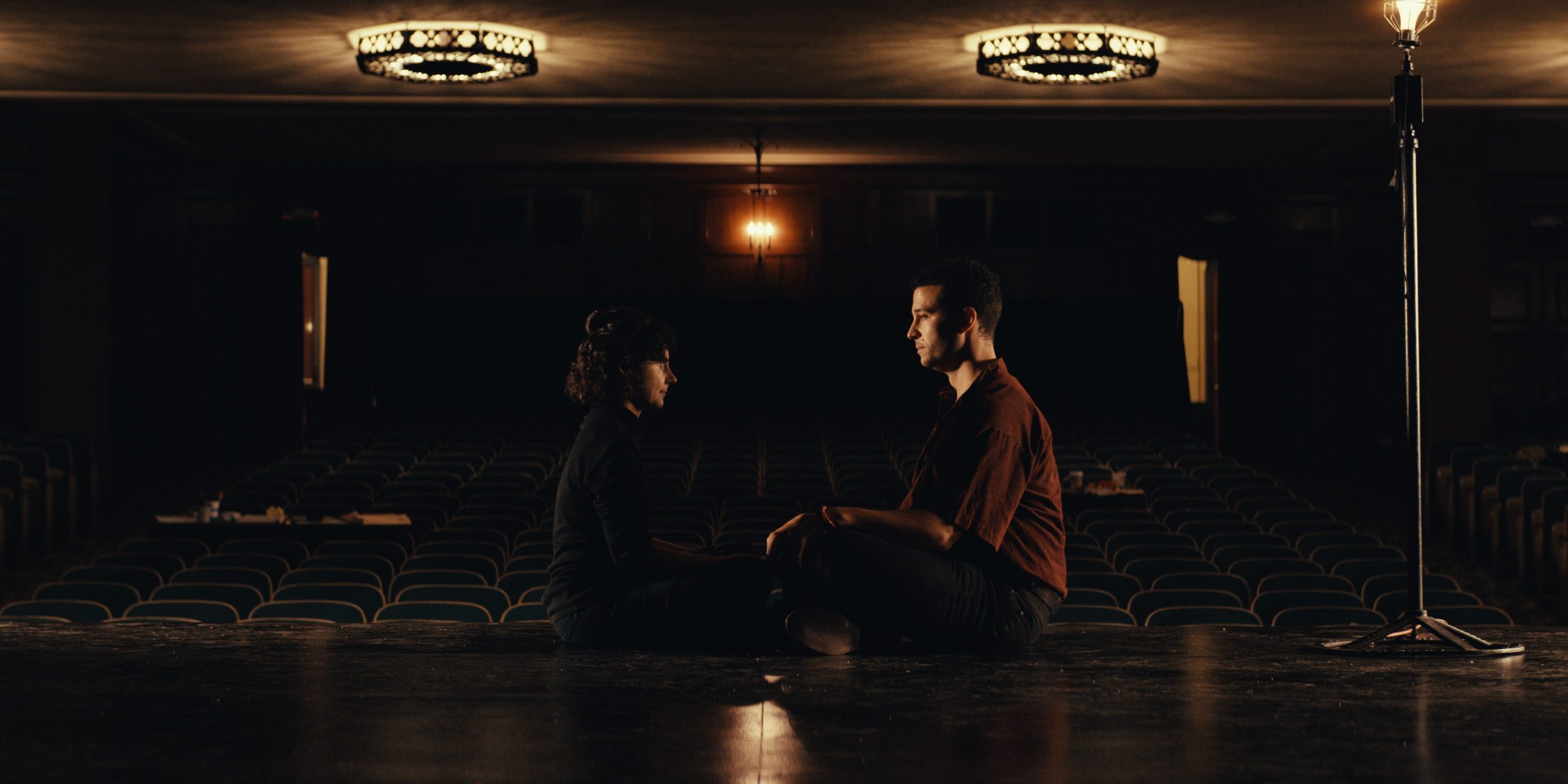
Who else deserves some credit and recognition?
Absolutely. I wouldn’t be where I am without the people who’ve supported me through every stage of this journey. My parents and my brother and his wife have played a quiet but important role in shaping the person I’ve become, and I’m deeply grateful for them.
My sister, Priyanka, has always been my steady force—encouraging me, protecting me, and reminding me of my strength when I needed it most. And my best friend, Jasleen, has been my emotional anchor. She’s seen me through every high and low, never doubting me for a second. Just having people like that in your life changes how you move through the world.
I’m also deeply inspired by the women who paved the way. Zoya Akhtar’s work showed me the power of character—that emotional depth can carry an entire story when it’s done with honesty. Her films made me want to explore the space between what people say and what they mean.
And Rachel Morrison was the first cinematographer I saw who opened that door in a real, tangible way. I had seen myself in that role before—but I didn’t know if it could ever actually come true. Seeing her work, her name in rooms that had rarely included women, made it feel possible. She didn’t just inspire me—she affirmed something I had quietly believed all along. And knowing she’s also an AFI Cinematography Fellow made that belief feel even more real. It reminded me that the path exists—and that someone like me can walk it too.
And I’m especially grateful to Stephen Lighthill, my mentor and the head of cinematography at the American Film Institute. He’s taught me that you can accomplish a lot with very little—as long as you’re clear about what you want, and respectful to the people helping you get there. His approach to filmmaking is deeply human. He leads with clarity, and reminds everyone around him that respect goes a long way. His guidance has shaped not just the way I shoot, but the kind of collaborator and leader I hope to be.
Website: https://www.simransawhney.com
Instagram: https://www.instagram.com/thesimransawhney/
Linkedin: https://www.linkedin.com/in/simran-sawhney-701b66162/
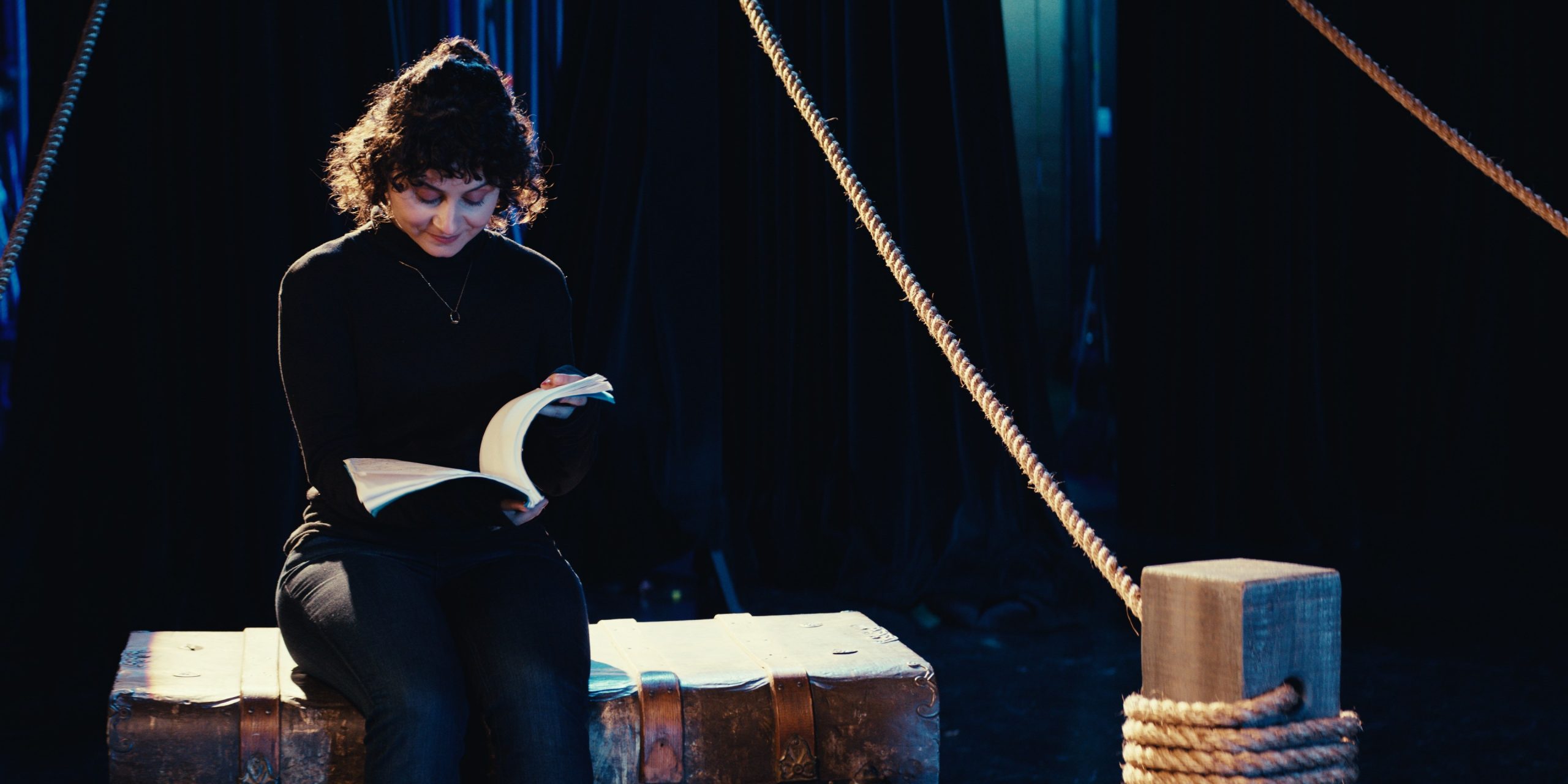
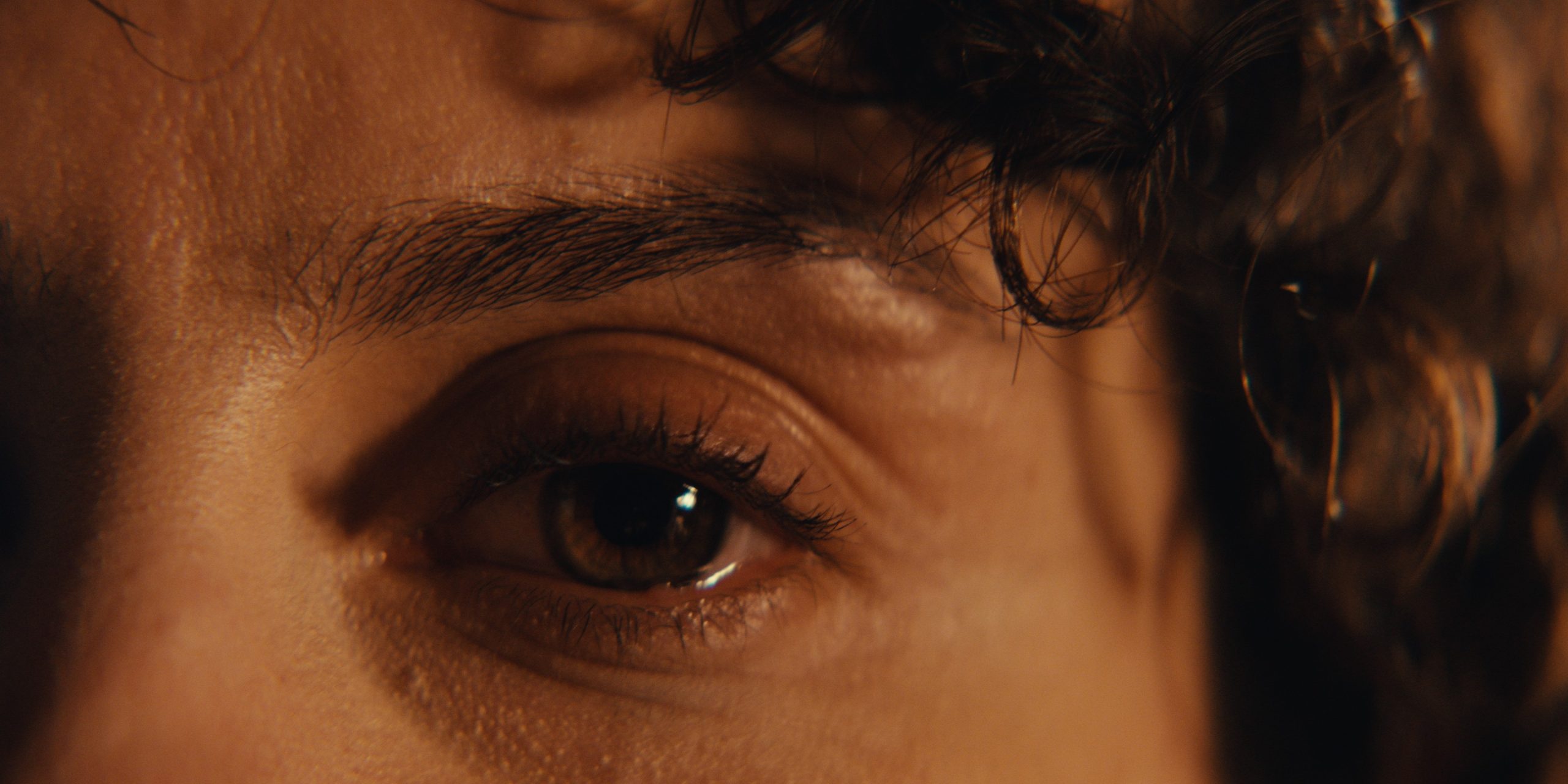
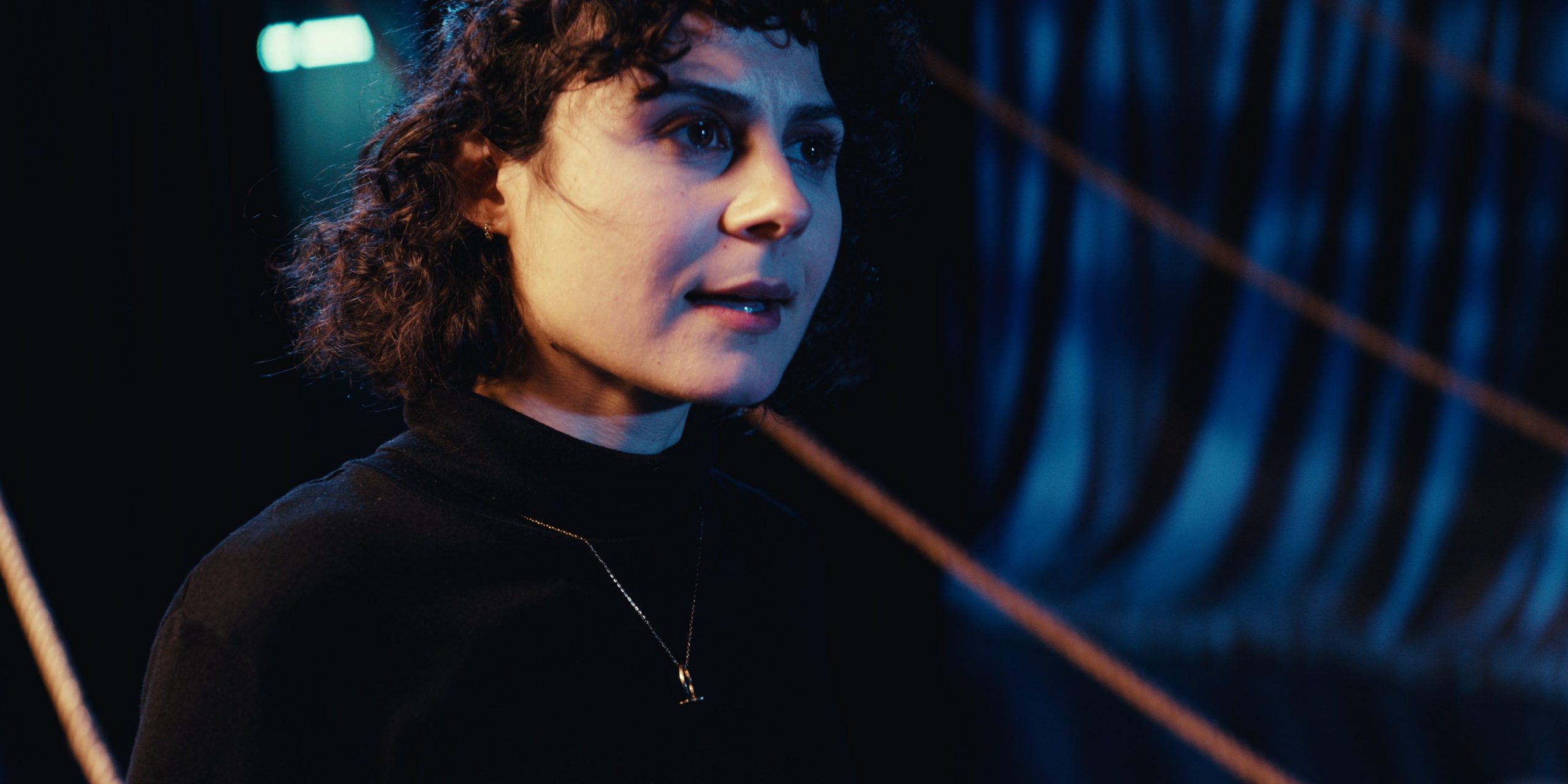
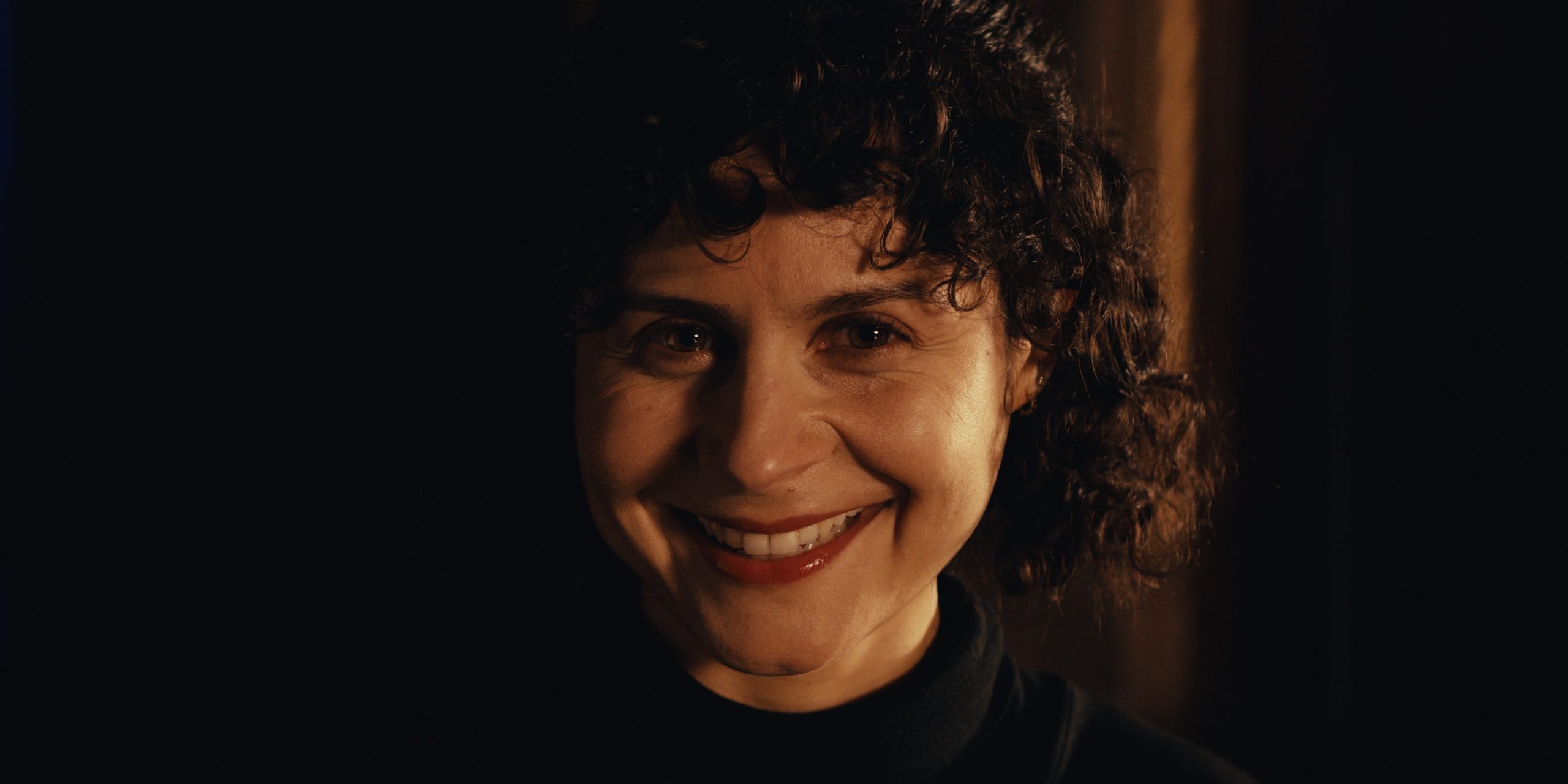
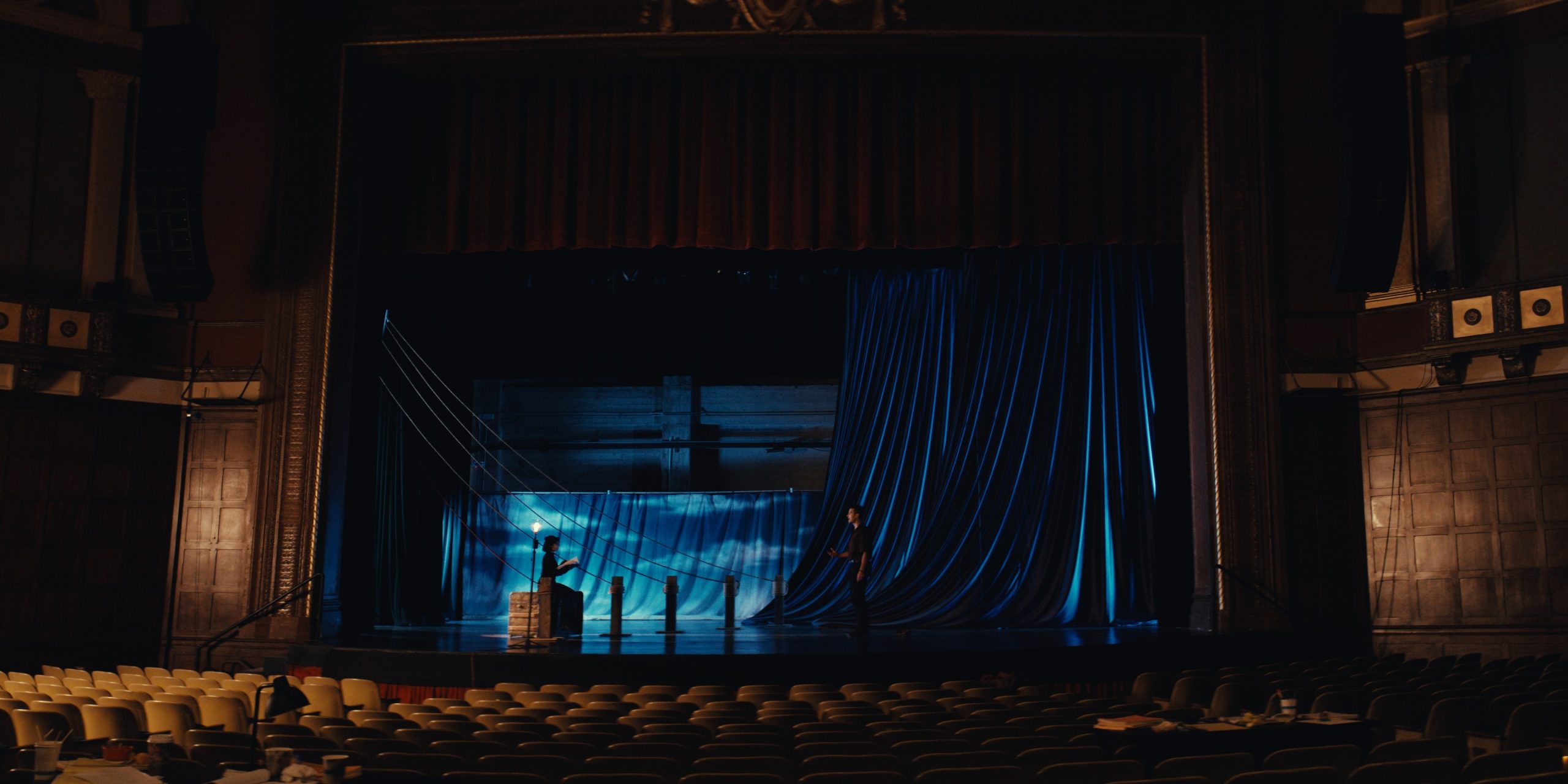

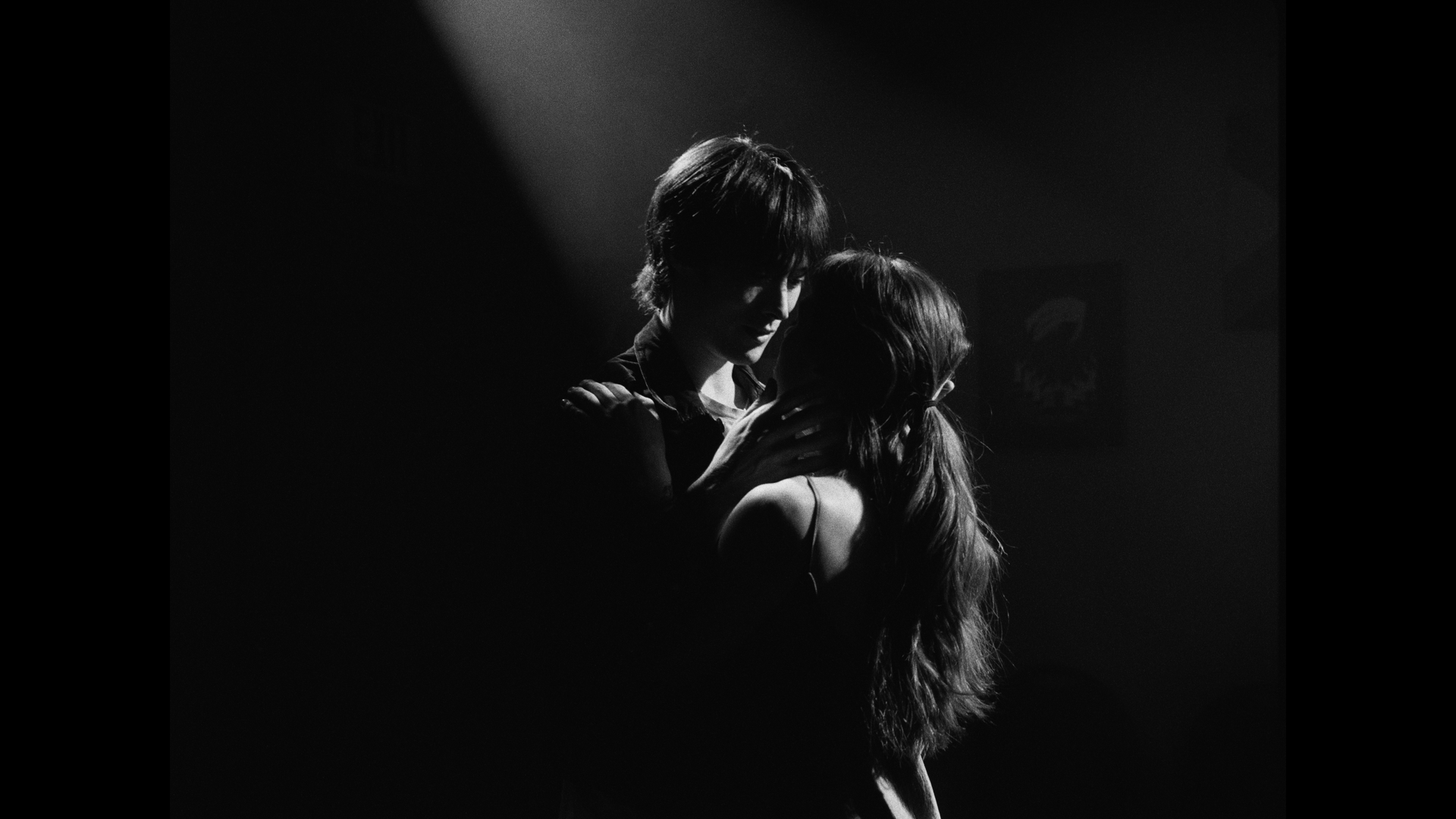
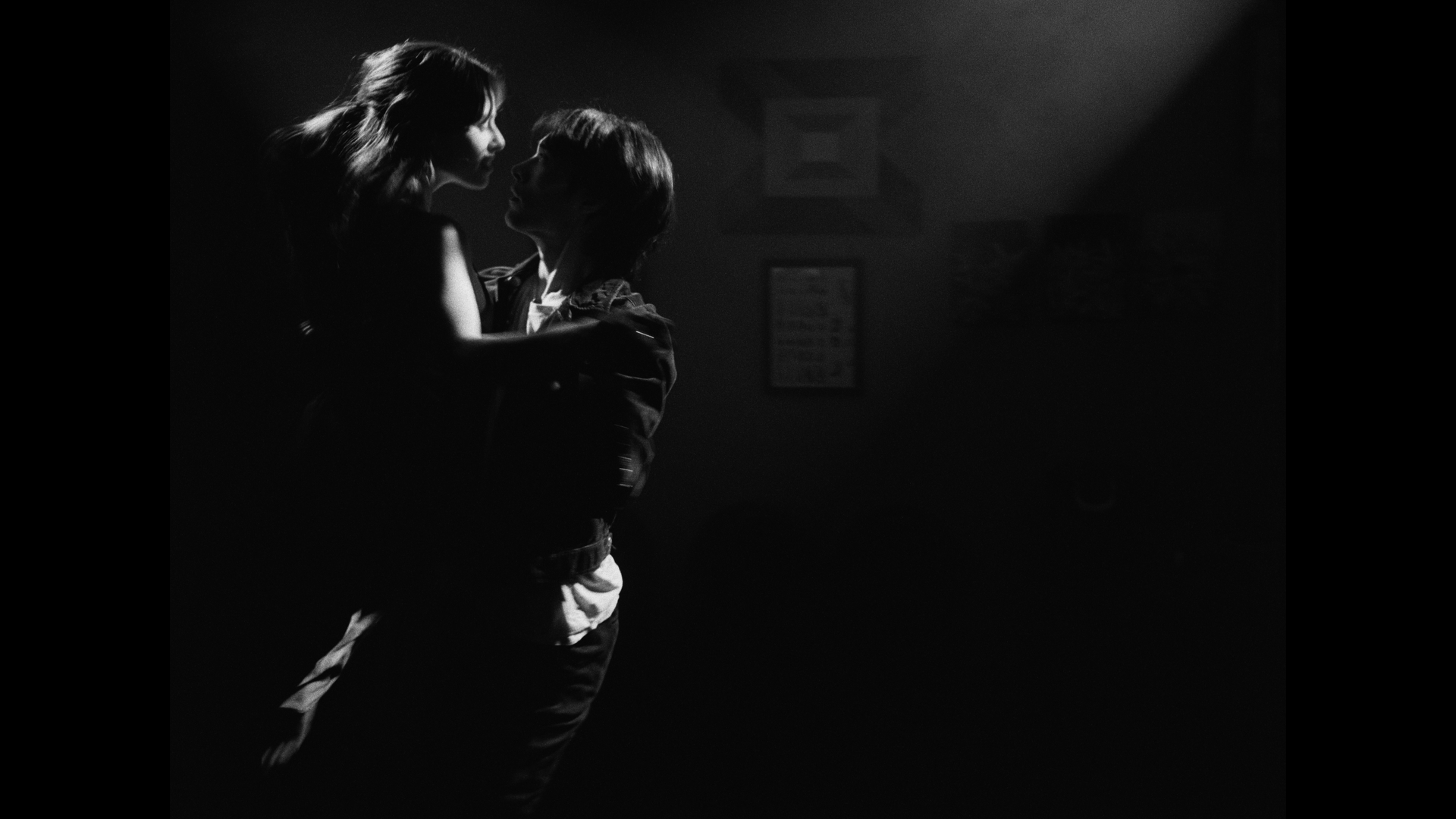
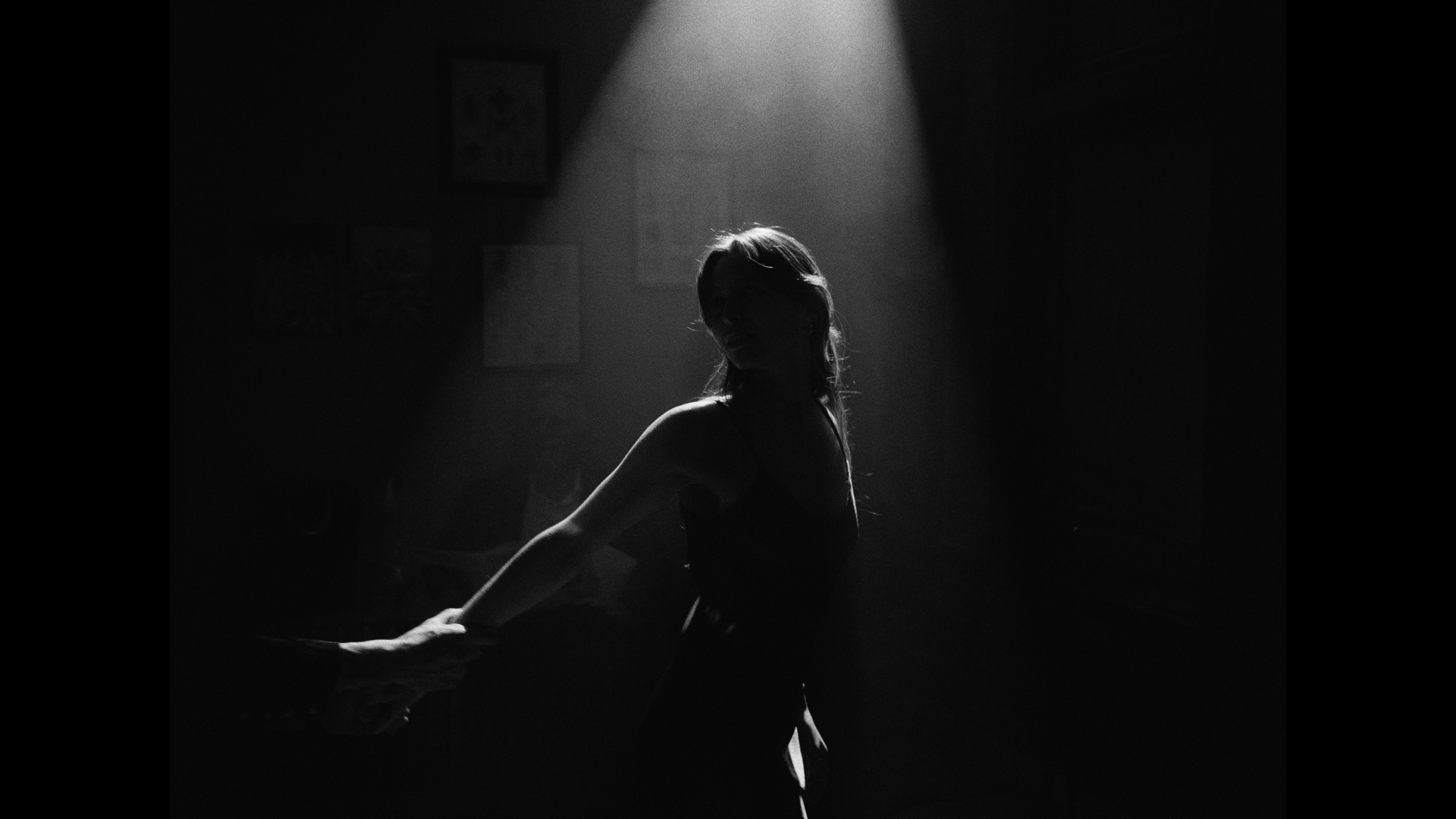
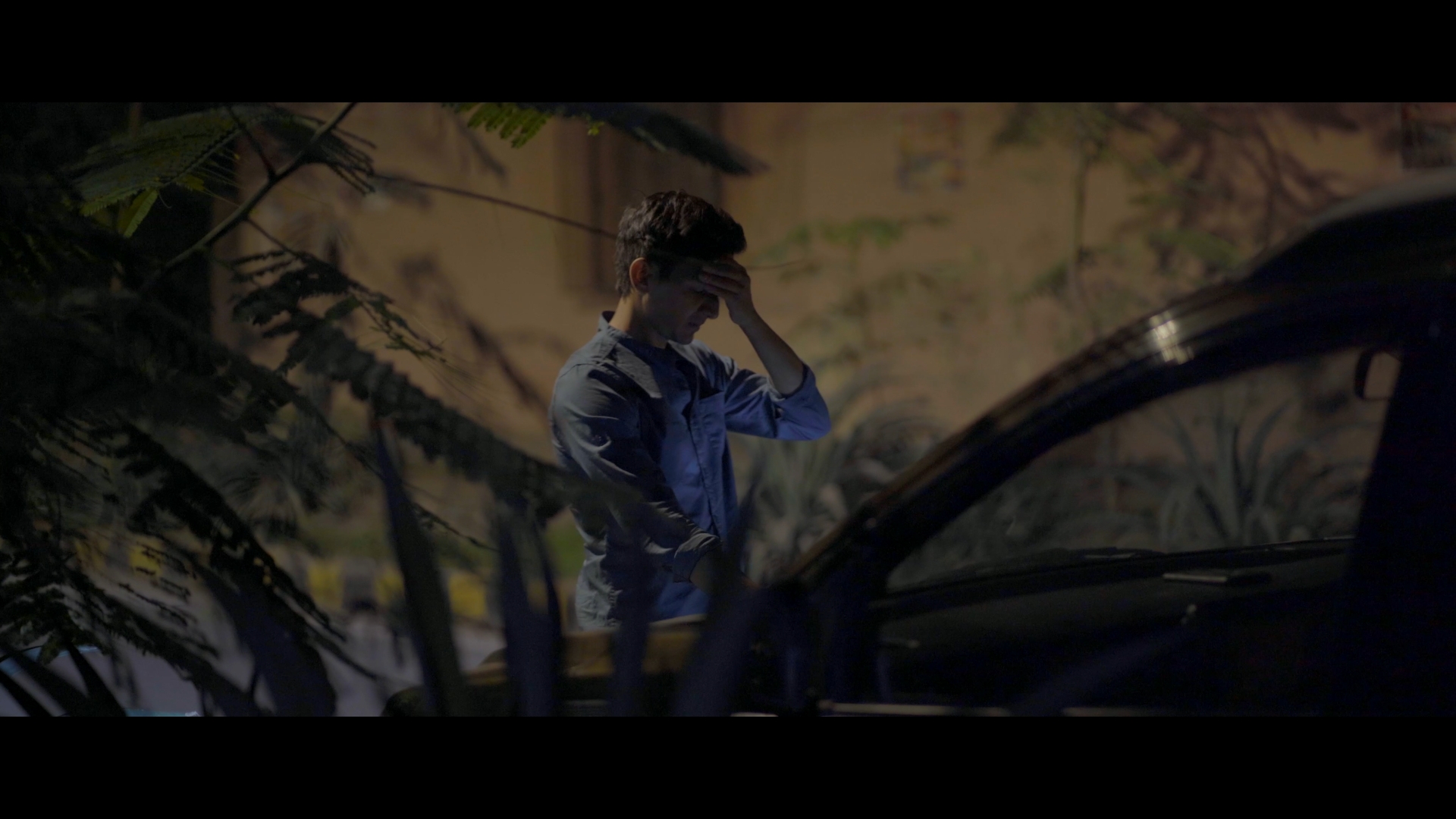
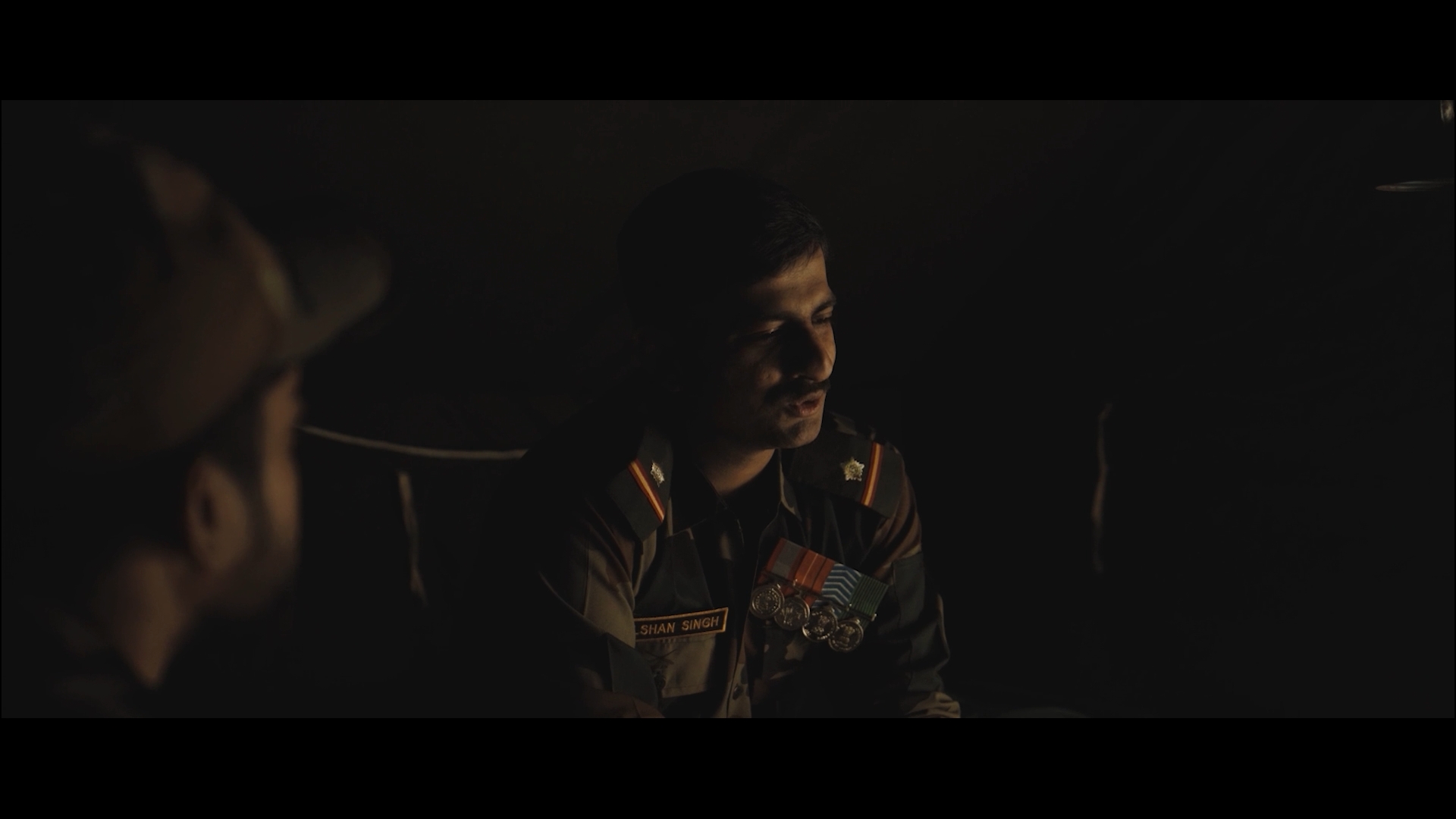
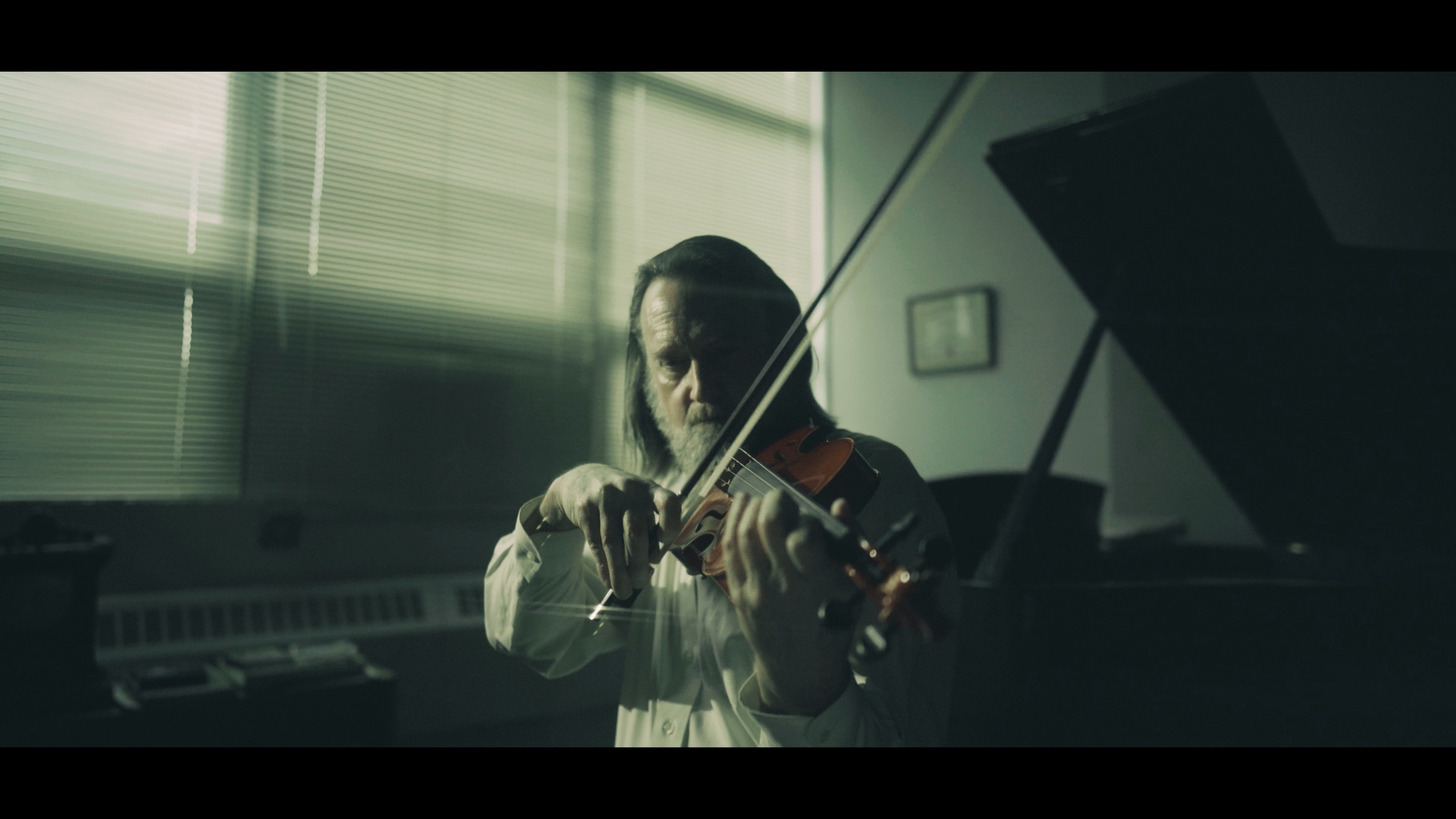

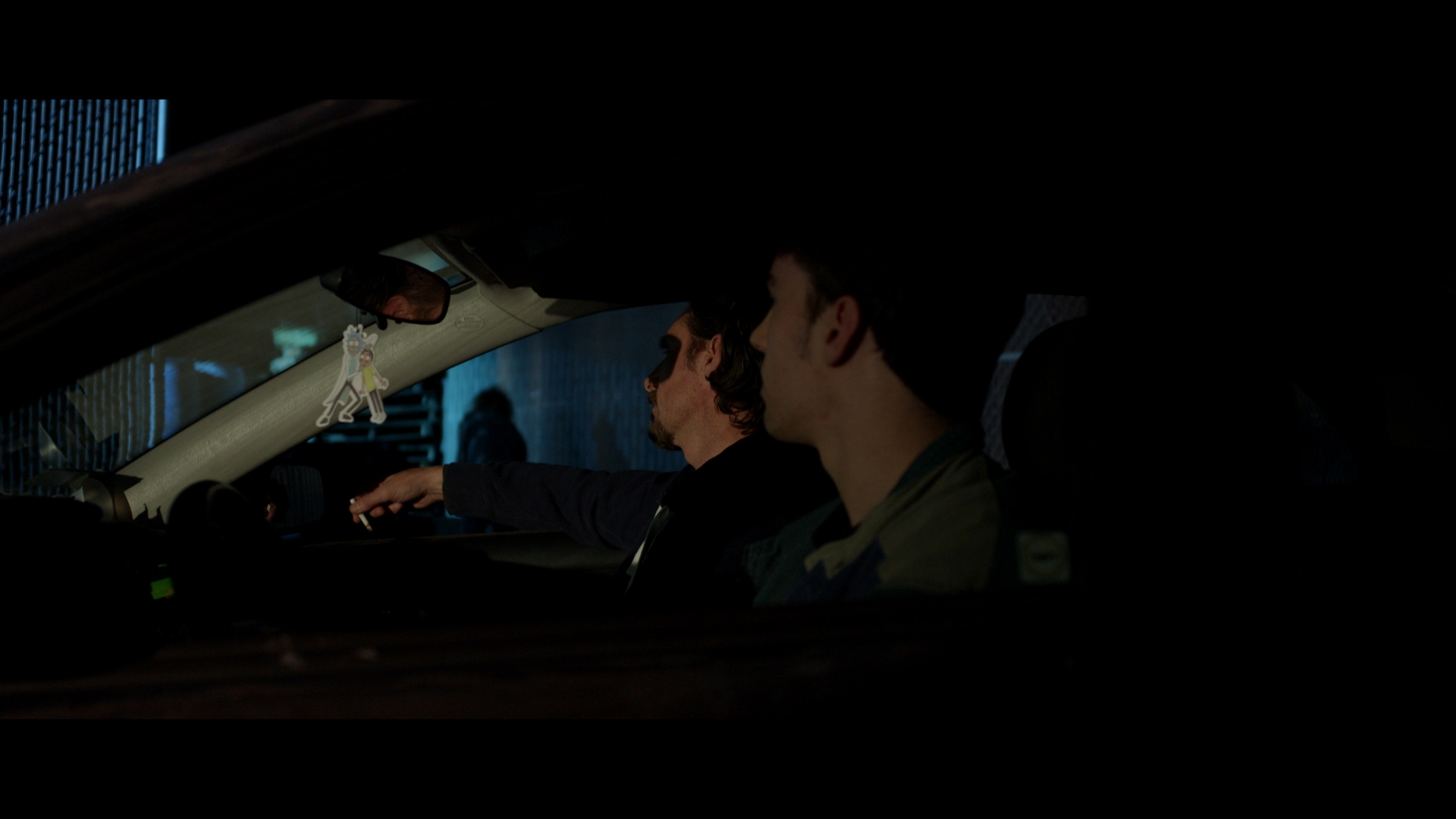
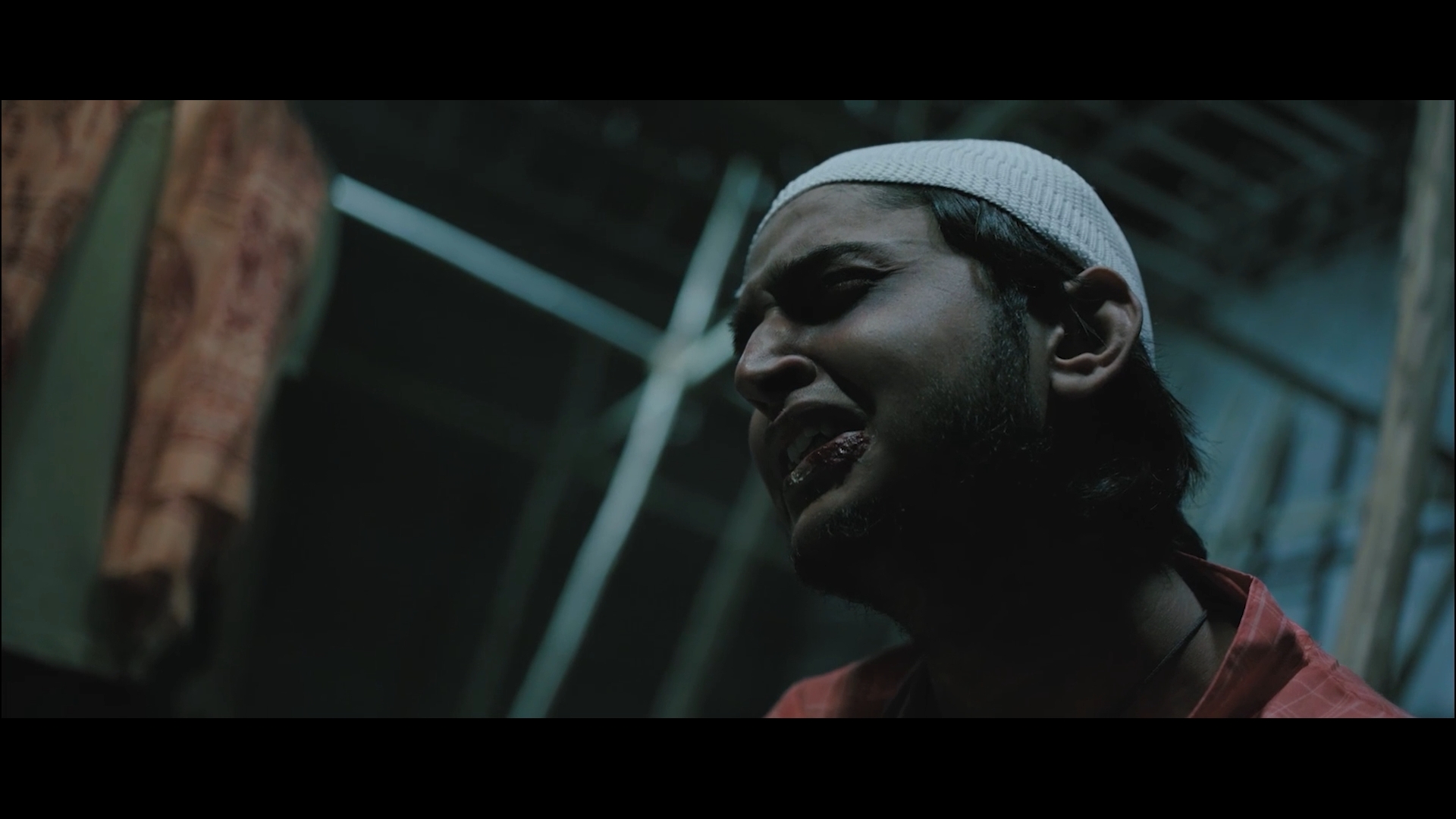
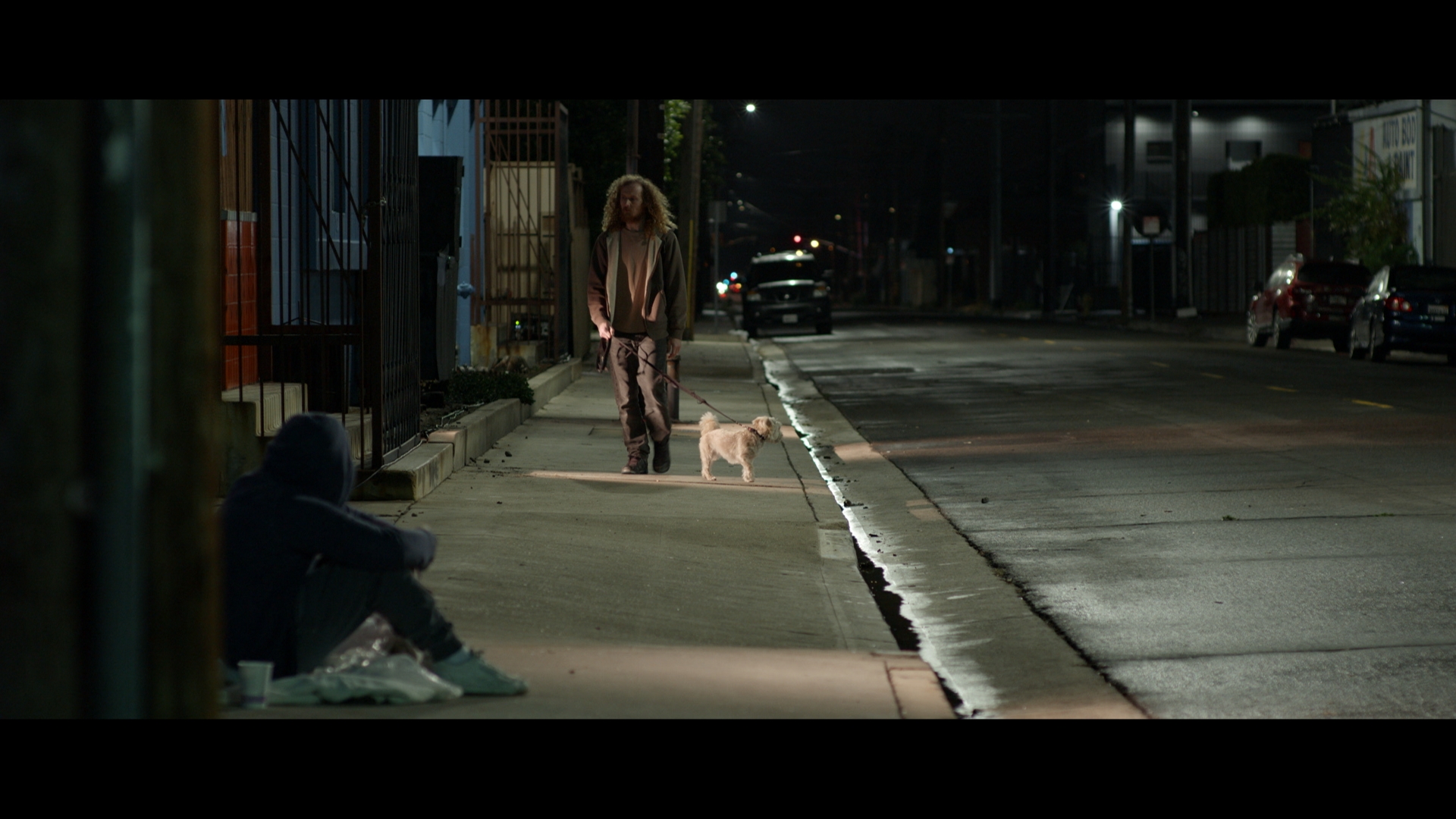
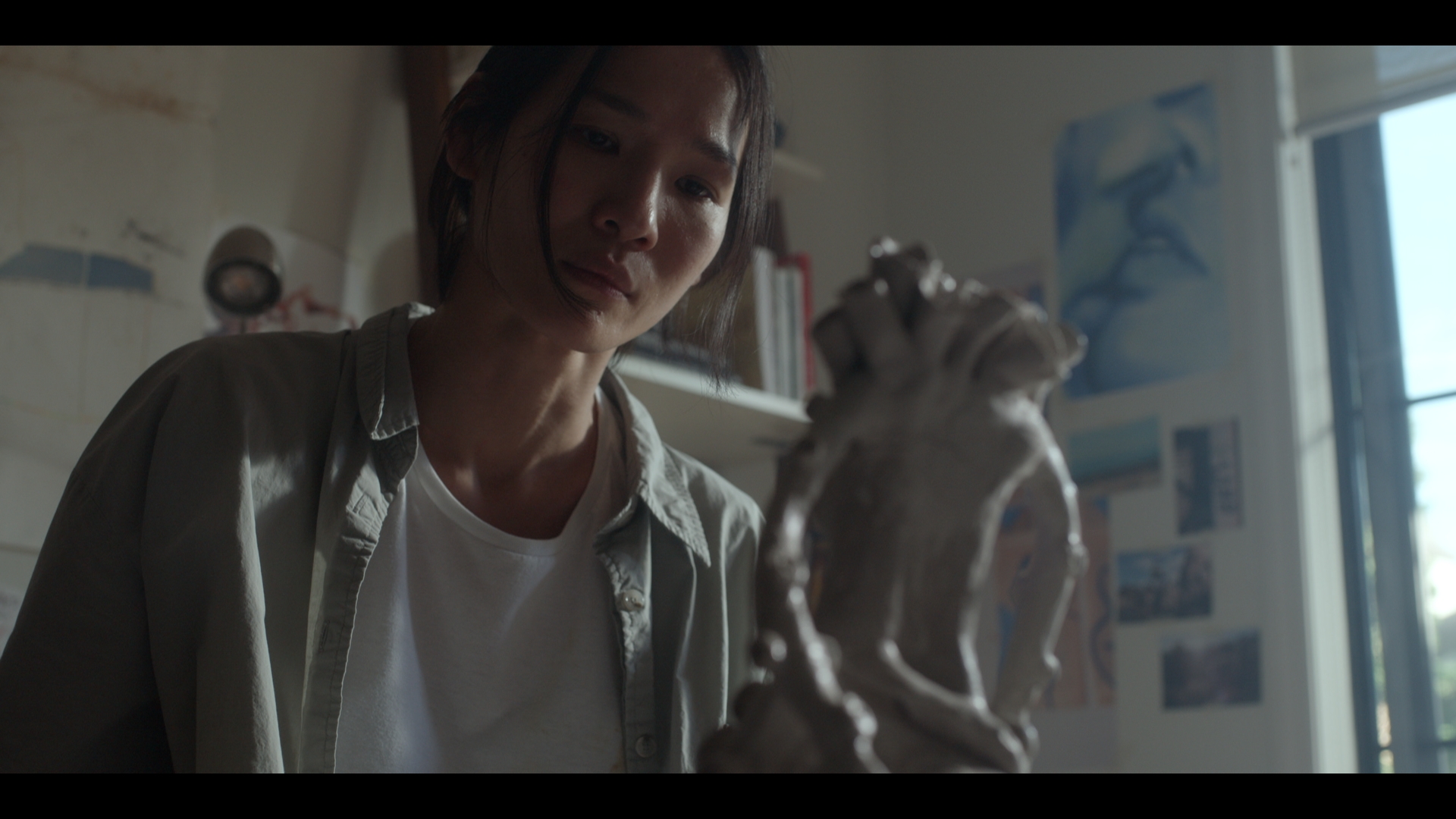

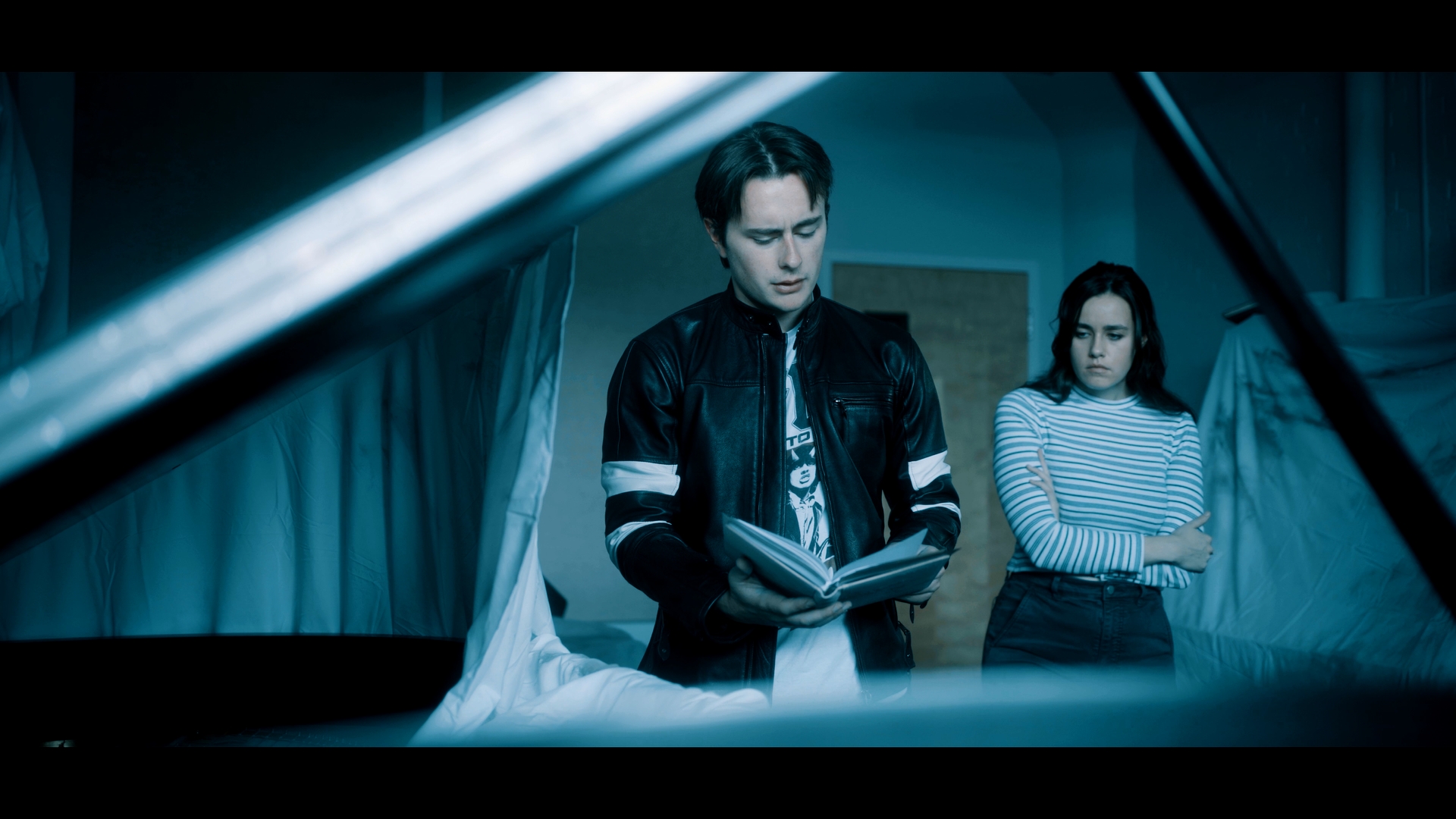
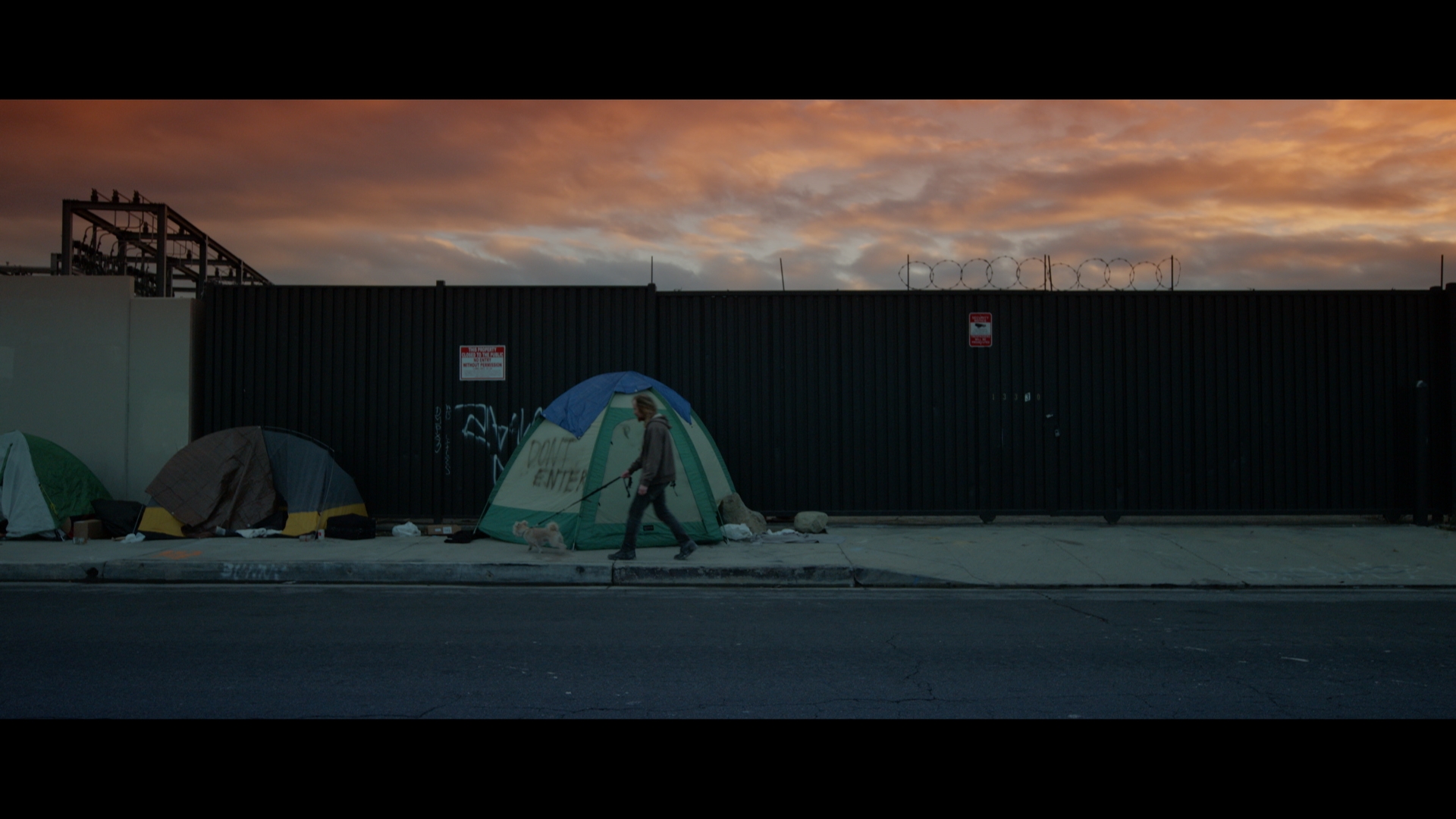
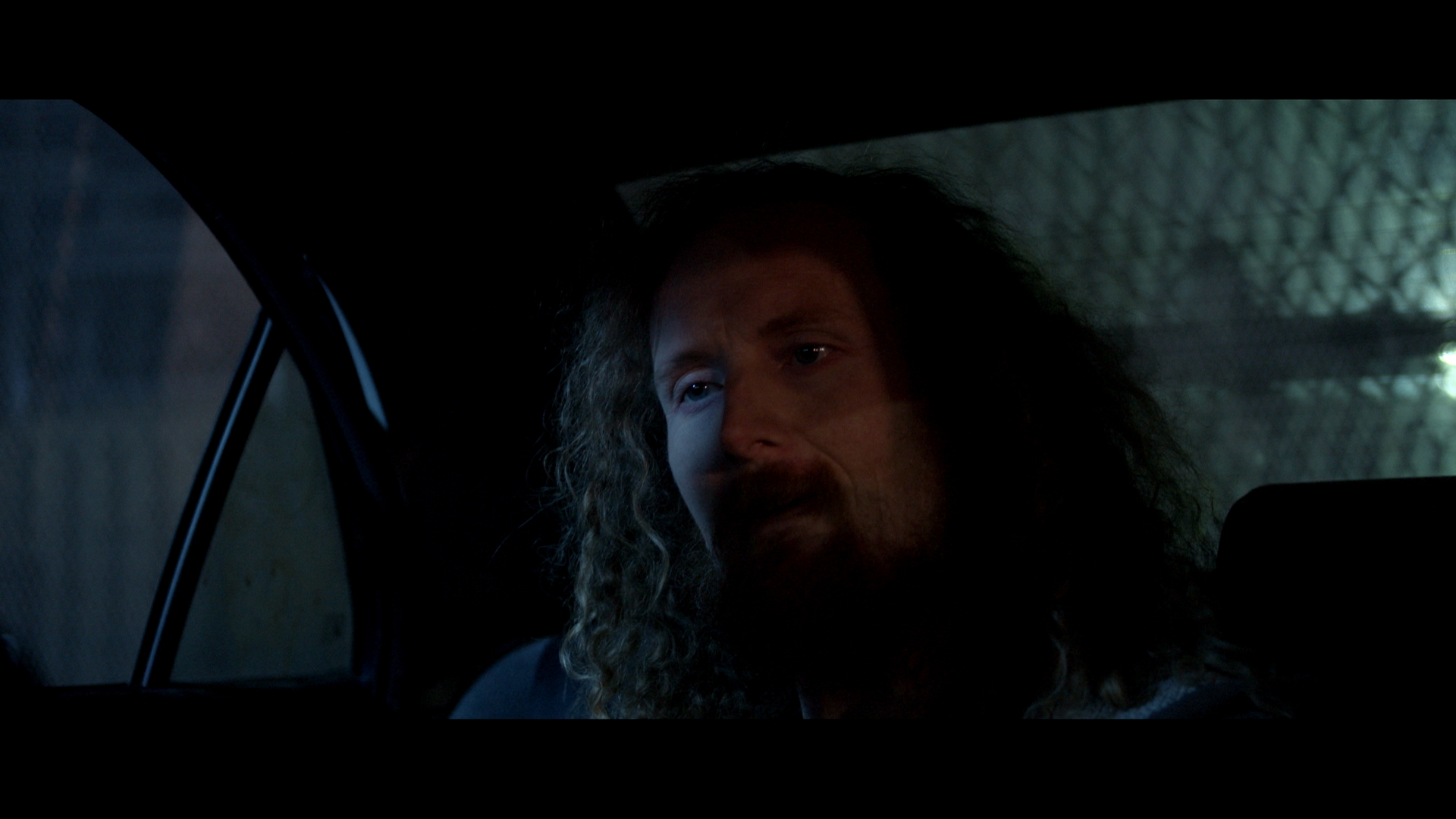

Image Credits
Simran Sawhney
